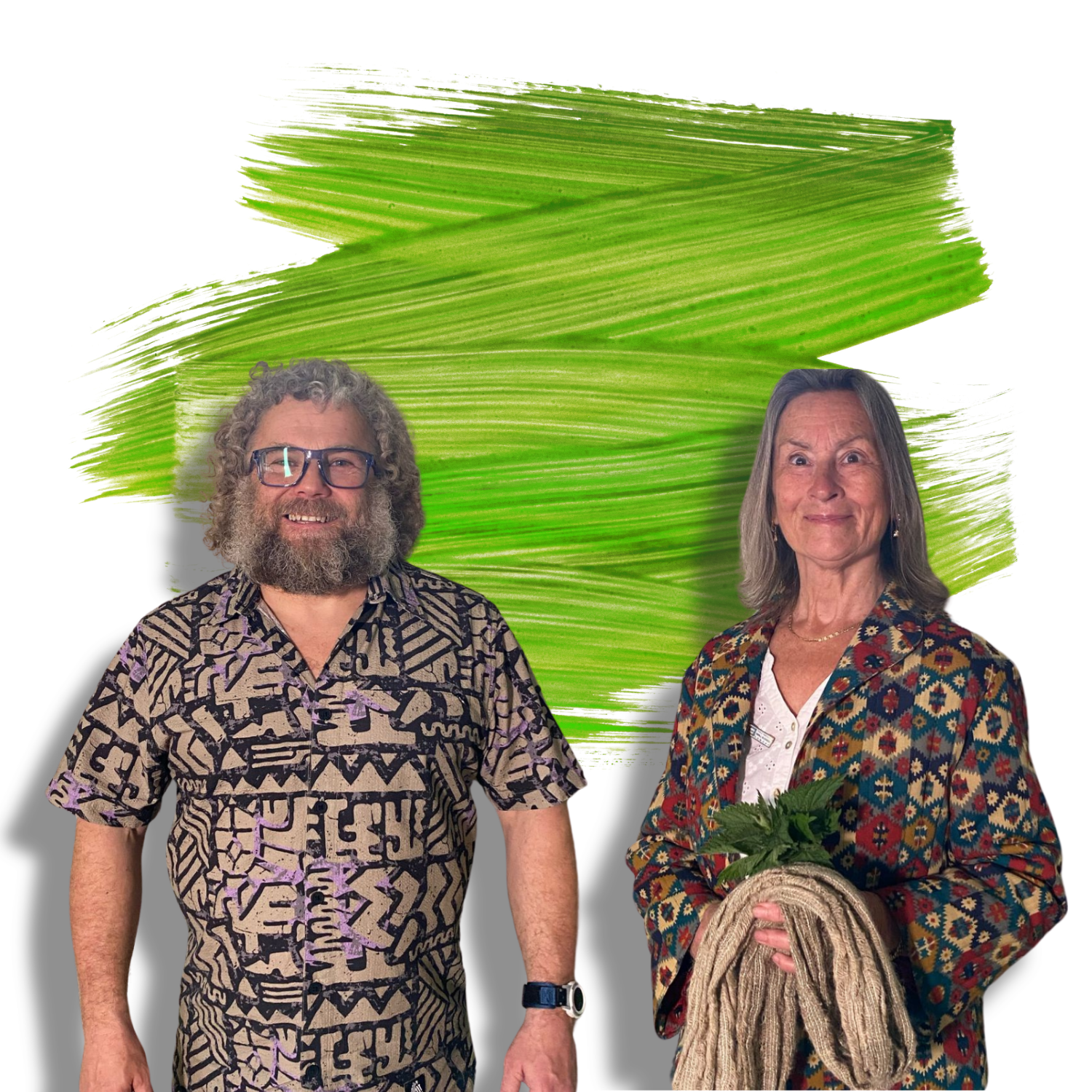17 June 2025
01:17:13
Jane Gray
OVERVIEW:
Jane Gray, known as the Nettle Lady, shared her journey from Brighton to Cornwall, highlighting her transformation from a stay-at-home mother to a university graduate and nettle weaver. She discussed her challenges, including a tumour diagnosis and the loss of her great friend, Howard. Jane emphasised the health and sustainability benefits of nettles, including their use in textiles and teas. She founded Nettle Revolution, promoting natural fibres and sustainable practices. Jane also mentioned her involvement in the Golden Zones project and her son's gratitude journaling app, which has positively impacted her outlook. She advocates for using nettles for their numerous health and environmental benefits.TOPICS
UncategorisedAVAILABLE ON:

WATCH ON YOUTUBE
The Chat
The Guest: Jane Gray – The Nettle Lady
Artist, Weaver, Founder of Nettle Revolution
The Chat
From Caravan to Creativity
Jane began her life in Brighton before moving to Manchester, then Cornwall. A mother of four, she lived off-grid in a caravan and later in a house in Hayle, fully immersed in frugal living, animals, and nature. Her early creativity was expressed through knitting, mending, and making clothes from scratch, driven by necessity.
Breaking Free and Finding Voice
After leaving a restrictive religious community and divorcing in her forties, Jane began working at Barclays Bank before being diagnosed with dyslexia. A period of illness and a brain tumour forced a turning point, leading her towards a more creative and autonomous path.
Art, Chickens and Textiles
Post-recovery, she launched a successful art gallery in St Ives with the help of a close friend. Inspired by rescued chickens and her sustainable values, she began making and selling whimsical textile art, particularly her now-beloved chickens.
Loss, University and the Nettle Thread
Following the unexpected death of her friend and business partner, Jane channelled her grief into growth. Encouraged by a new acquaintance, she applied to Falmouth University in her late 50s to study textile design. There, she discovered the magic of nettles, both as a fibre and a metaphor for life.
The Birth of Nettle Revolution
Drawn to the history, strength and sustainability of nettles, Jane began weaving them into fabric. Post-graduation, she launched Nettle Revolution with support from The Greater Life community. Her work now encompasses education, wellbeing, creativity, and natural health, with nettles at the centre.
Healing, Scarves, and a Studio in Cornwall
Jane now creates handwoven nettle and linen scarves from her home studio. She blends natural materials, deadstock linen, and storytelling into each piece. She also uses nettles in her diet and remedies, advocating for them as a healing force.
Recognition and New Directions
Her work earned her a Theo Paphitis Small Business Sunday Award. She now collaborates with a local GP to explore how nettles and natural health might reduce reliance on overstretched health services. This includes a project based on the ‘Blue Zones’ longevity concept, reimagined in Cornwall as ‘Golden Zones’.
Jane’s Top Achievable Tips
Drink three cups of nettle infusion daily
Eat nettles in season (use like spinach)
Choose natural fibres whenever possible
Practise outdoor gratitude (walks, tousy-mousies, noticing nature)
Share the nettle story with someone you love
Jane’s Evidence
Live to 100: Secrets of the Blue Zones (Netflix documentary by Dan Buettner)
The Nettle Dress (Film by Dylan Howitt and Alan Brown)
101 Uses for Stinging Nettles by Piers Warren
Urtica Dioica by Amanda Edmiston
A Natural History of Nettles by Keith G.R. Wheeler
What One Thing Can We Do Today to Make a Better Tomorrow?
“Let the force of nature shape you into a force of nature.”
Contact Details
Website: nettlerevolution.co.ukInstagram: @janegreynettleweaverFacebook: Jane GrayPhone: Available on request


